I used to look down on Windermere as not for the serious outdoorsman; rather, a playground for water sport fiends, party animals and wannabe Campbells.1
That changed years ago when, having driven up for a spot of camping in Borrowdale, I realised at Kirkby Lonsdale I’d forgotten the tent. I kept calm, carried on, explored Windermere’s quieter west bank and spent three idyllic nights where unmetalled track runs a few yards from its near deserted shoreline. With car and sleeping bag, tents are optional.
Then again, with tent, inflatable canoe and bus pass, so is a motor.
Below: a surprisingly comfortable pitch. Though I’m on the stony beach itself, the carpet of oak leaves gives sufficient cushioning once I’ve removed fallen twigs. Driving pegs in was tough to impossible though, hence the stones for anchorage.
These were perfect conditions for fulfilling a fifty year dream. I was fifteen the day I came home from the library toting Teach Yourself Canoeing – with section on how to make your own for a mere fifteen quid. Never got round to it and anyway, where would I lay my hands on that kind of dough in 1968? Where would I even keep a canoe, and how would I get it to water and back?
Better late than never. And these past few days have been ideal: day after blazing day, midges banished by (presumably) drought, schools not yet out for the summer and Winander’s Mere a wild camper’s paradise2 – almost but not quite exclusively on the west side. Not that there’s owt wrong with those magnets for the multitudes on eastern shores where folk pour out en masse to enjoy themselves. I love to see and snap them at it – now from viewpoints3 hitherto inaccessible.
But though I paddled the full 10.25 mile length of the lake, from Ambleside at its northern edge to a mile downriver from southernmost point at Newby Bridge – and back – and though I crossed it several times at its wide as well as narrow stretches, I spent no more than a few hours on those east bank playgrounds. Quickly sated, I was soon paddling west in search of a pitch for the night, or shade and place for a quiet swim in the scorching hours between 10:30 and 16:30, but most of all for the depth of solitude, the communion with nature.
My Wednesday night pitch was not ten yards from this tangle of honeysuckle. Before turning in around eleven, and again when rising at six, I drank in its heady scent.
I’m building much needed strength – in arm, shoulder and solar p. – and beginning to develop a less embarrassing technique, but over and over I stop and let the canoe drift: delighting in the breeze and stupendous views, registering the leaping, surface-boiling panic of small fry – sure sign a predator below is gliding in for lunch – else admiring a statuesque heron or the pristine grace of a fine oak, in full iconic leaf, lower branches shading the deep below a rock-face, one of whose crevices gave toe hold to its acorn origins: a tiny advantage it seized and maximised with Darwinian tenacity.
Or else – as one of the two passenger liners, Teal and Swan, plying the lake pass by – turning into the wake; waiting for the bow wave a minute later to ride with childlike glee up the crests and down the troughs; man and boat as one in corklike fusion of resilience exhilarant.
Speaking of swans, even in the remote spots these – as it now seems to me – highly intelligent and sociable animals come right up to the kayak, flinching back should I make a clumsy move with the paddle, but responsive to my tones of reassurement and apology. Wish I’d something to give but all I have is bread, and that does them no favours.
Mental note: bring swan food on next trip. 4
I didn’t, after all, bring heavyweight camera gear and am glad of it. Though I can now take the extra weight, I wouldn’t enjoy handling SLR and lenses on a canoe stacked with camping kit. A few times I’d have loved to have it – none more than when a swan flew a metre above the lake and not three from my kayak, neck outstretched and with hiss most terrifying to see off a crow that had trespassed too close to the cygnets.
And speaking of things that fly, Windermere’s an RAF training ground. I’ve seen the big troop carrier choppers, supply planes and those sinister grey Mach 1+ jets. They’re not smashing the sound barrier here – I know that delayed sonic crack from encounters on the fells – but aren’t far short of it either as they twist every which way above the lake at spectacularly low altitudes. It happens several times a day; not enough to be a pain – if anything underscoring the tranquility in their wake – yet I can’t but shudder at the terror and bereavement these airborn enforcers of imperialist will bring to the peoples of an oil cursed middle east, that we of the West may enjoy the good life and hold forth in tones most earnest on civilised values.
*
I came two days running to this headland, a tiny peninsula, its neck so slender it feels like an island. Both times I had it to myself all day, though it’s blessed with all manner of goodies, beginning with the tiny beach – left of centre – where I could put in, to haul kayak and self up into arboreal shade …
… another plus being a huge, smoothly curving rock at tip of this would-be isthmus. Devoid of shade the livelong day, it did me as clothes drier, solar charging station and – noted in previous post and illustrated with pic of my gnomic self – as water slide. More childlike glee.
And I dare say I could have cooked myself an omelet on that sizzling stone, had I any eggs.
Then there’s the elegant line of its peninsular spine, from mainland base to boulderine tip …
… and the kitchen diner …
… and much else to delight the senses and restore the soul …
… not to mention scenes of pastoral harmony in fields behind. Eat your heart out, Constable!
I wouldn’t have been the first to pitch here – I found a tent peg on the edge of some bracken – but it served me better as afternoon hangout. With hours yet of sun, its scorching ferocity tamed by late afternoon, I put out southward on Tuesday, northward on Wednesday, for more meditation in motion and, as that same sun began to sink over Loughrigg Fell, find a pitch to lay one tired but happy head.
A few images to finish on …
- Both Malcolm Campbell and son Donald rejected Windermere in favour of Coniston Water: smaller, but with a longer straight stretch. Donald died on Coniston in 1967, losing control of Bluebird K7 at 296.7 mph while trying to beat his own world record on water. My kayaking on Windermere at times came close to this speed but, out of respect for the dead, never exceeded it.
- Lest I be slated for encouraging further ravaging of our beautiful countryside, let me spell out the rules of responsible wild camping. Zero litter (in fact pick up other folk’s). No fires. Pitch late evening, strike early morning and move on – never visit the same spot twice in a trip – and two persons max in the lowlands, though you can go higher on body count when you go higher in altitude. Four or five discreet souls is acceptable on remote fells.
- I note a worrying softness in many of these pictures, and can’t be sure whether it’s down to bobbing of kayak, waterproof case of clear plastic between camera and subject, or a tendency of S7 Edge and/or fat finger syndrome to switch to a lower resolution. I need to get this sorted, eftsoons.
- Jackie, who cycles a canal tow-path on her daily commute and has adopted successive families of swans, keeps a ten kilo sack of swan & duck feed out the back. I should have grabbed a bagful for this trip.

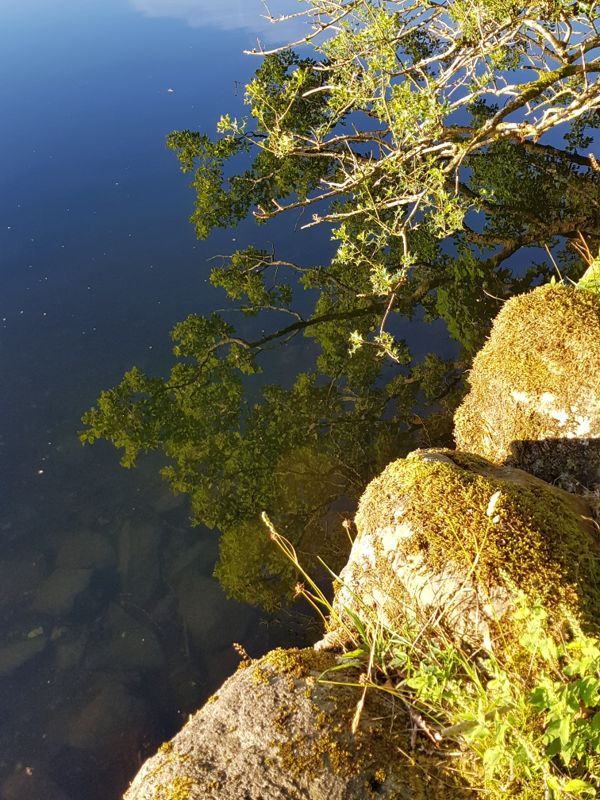
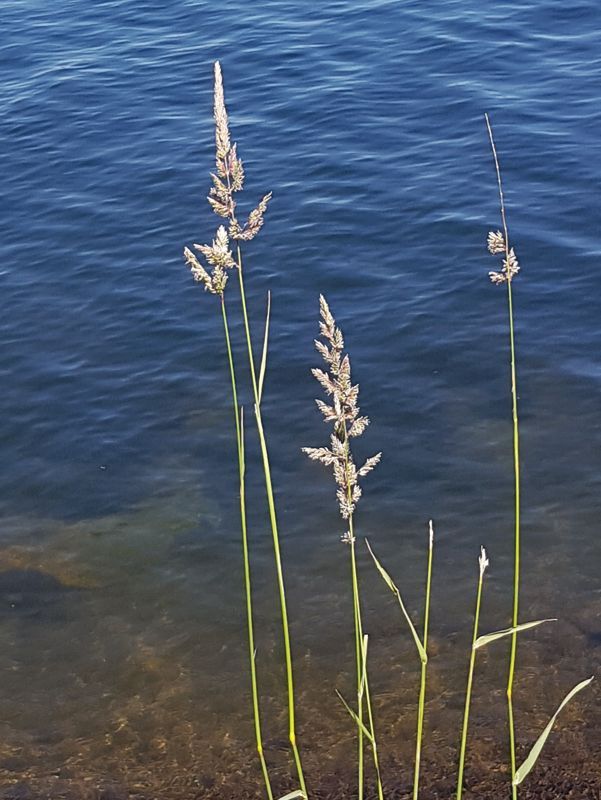
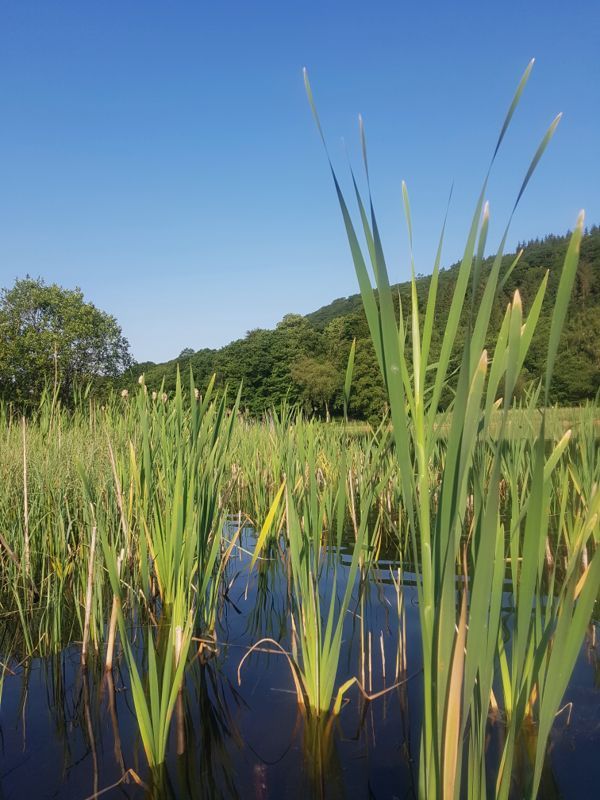
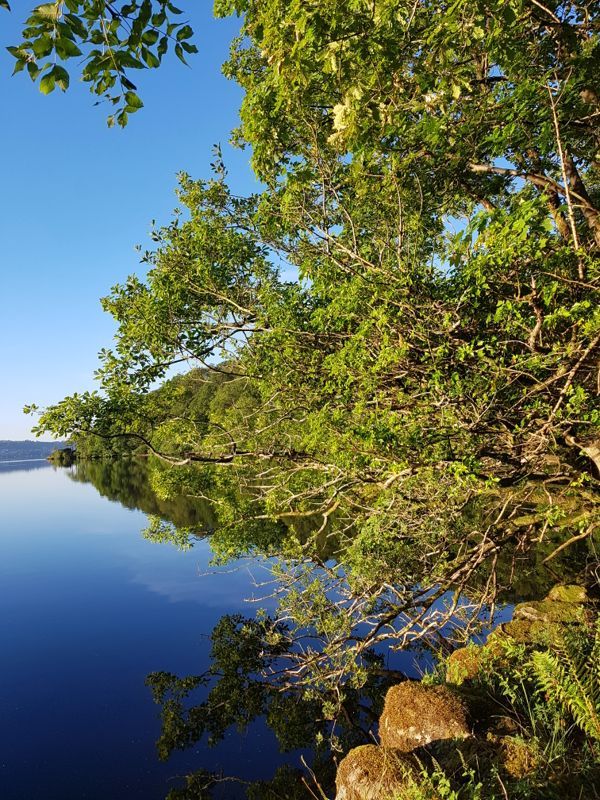
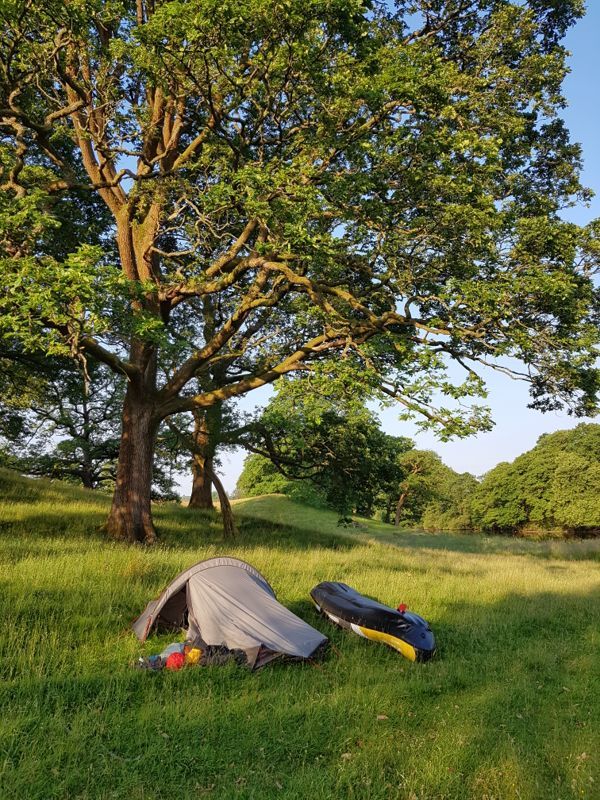
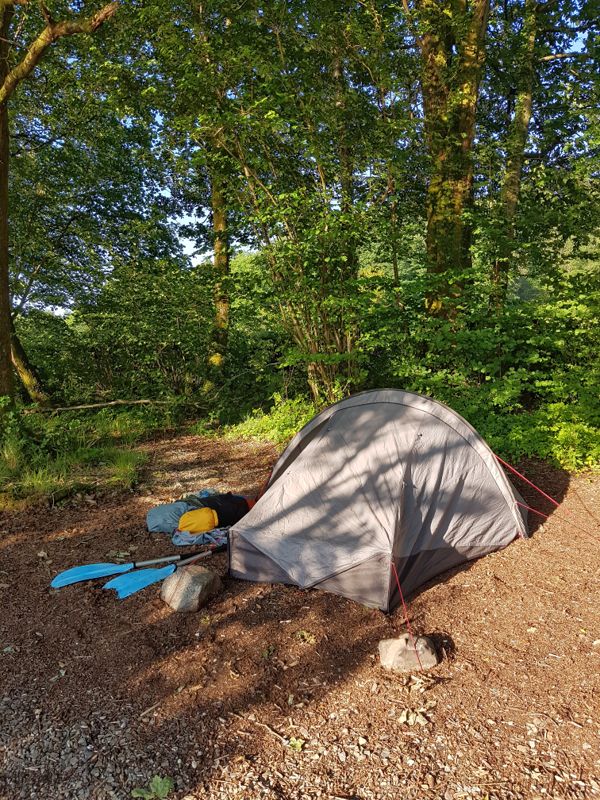
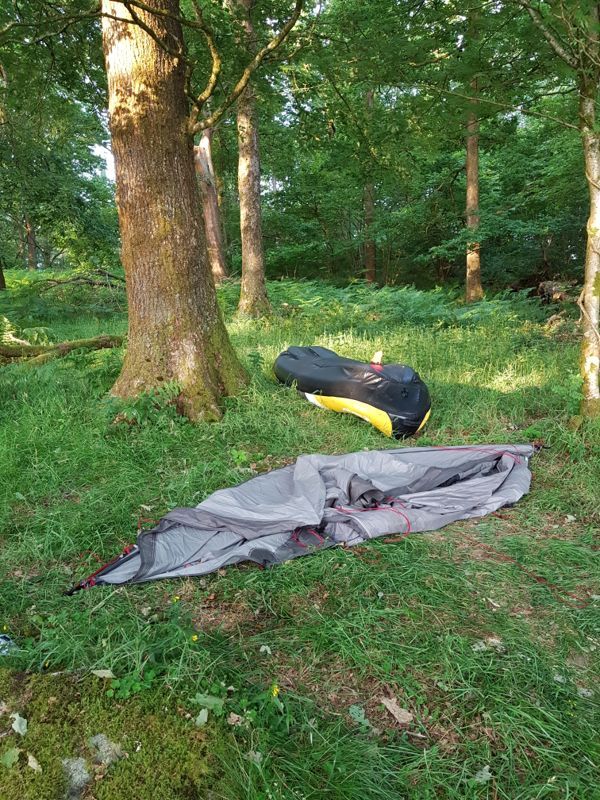
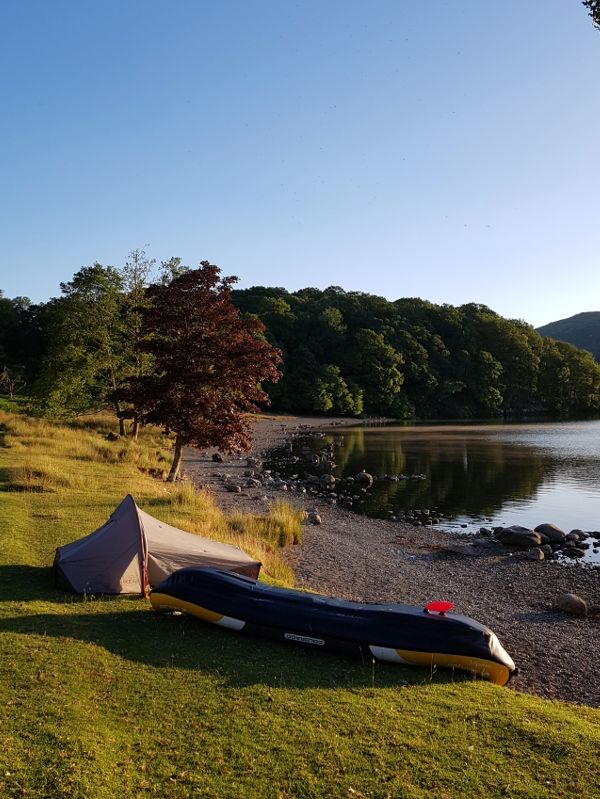
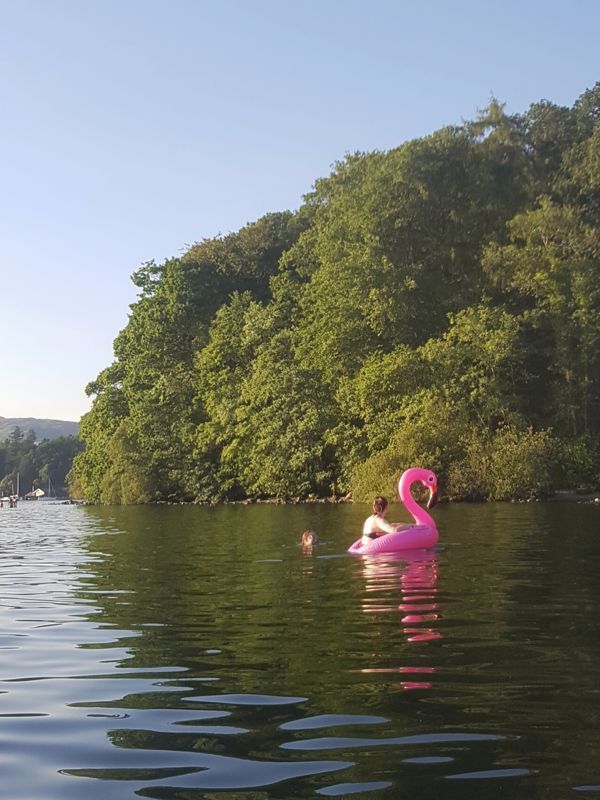
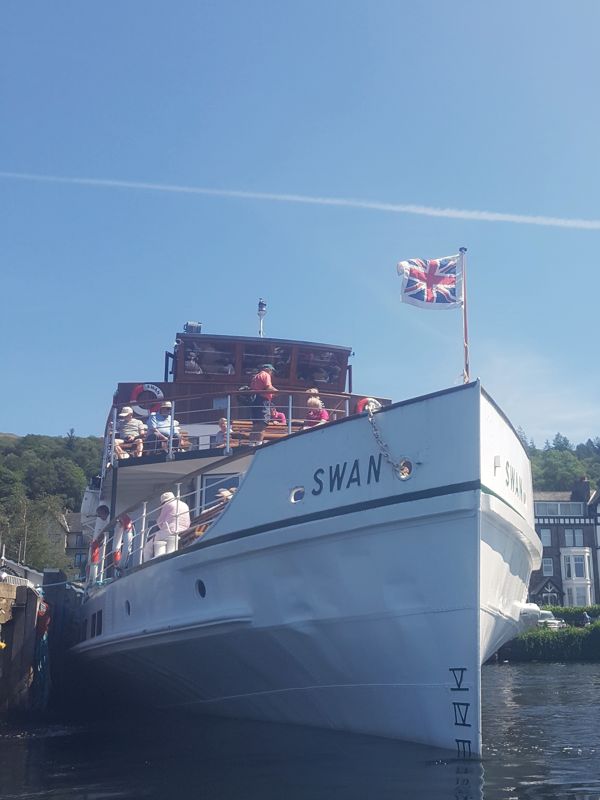
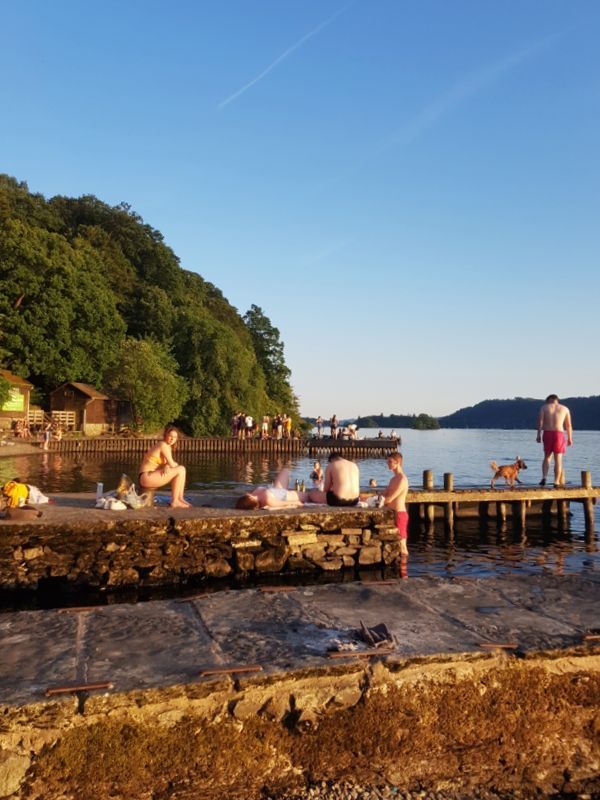
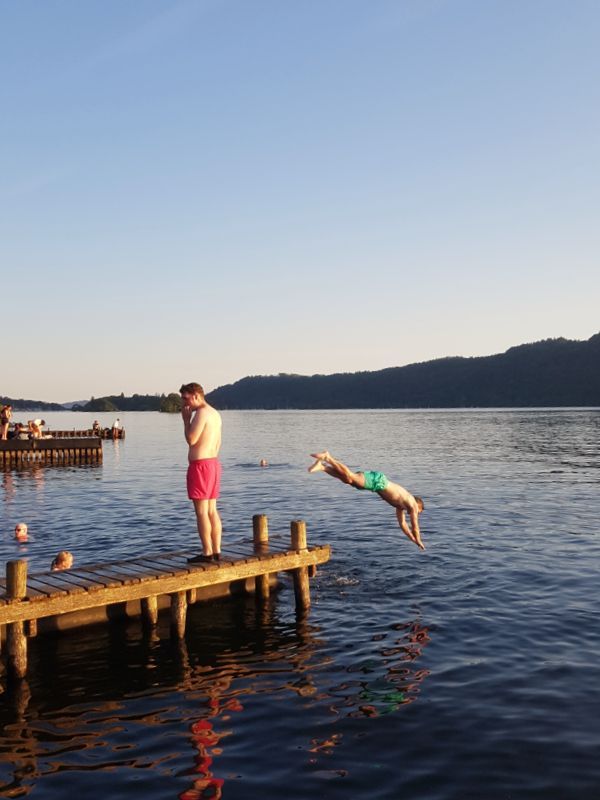
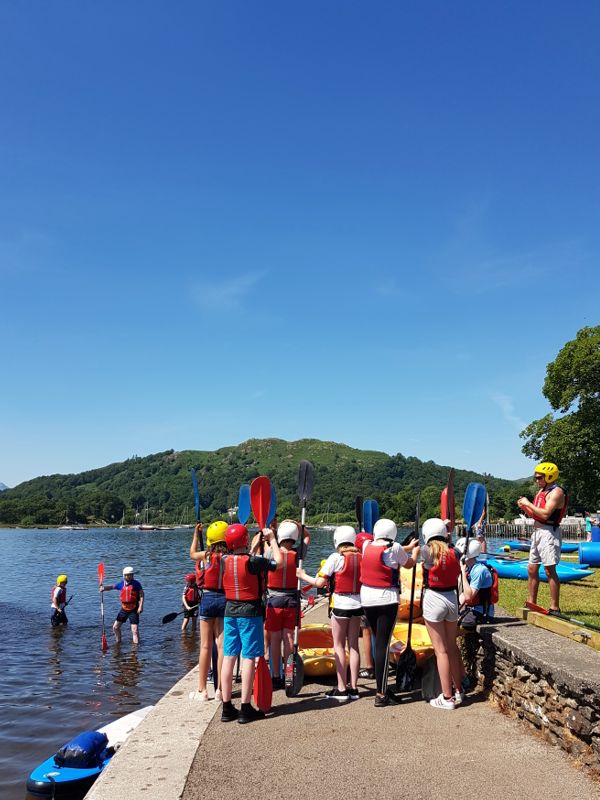
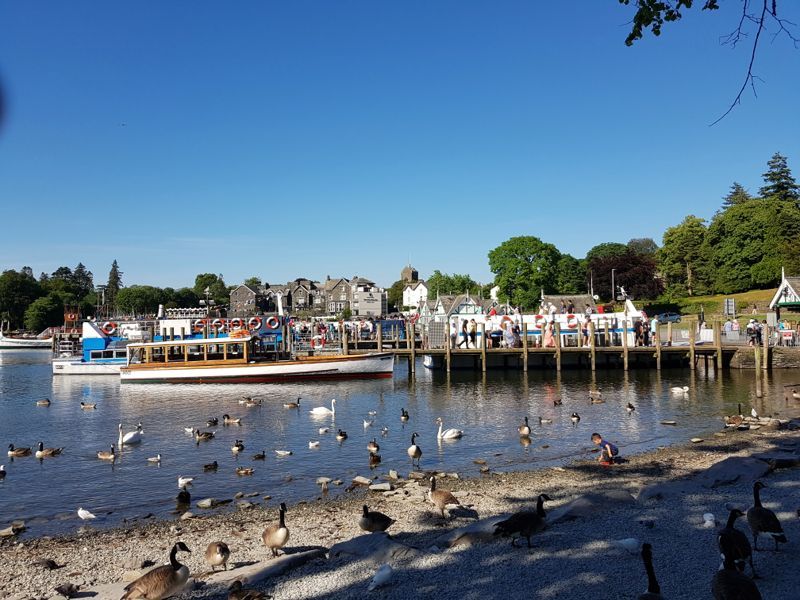
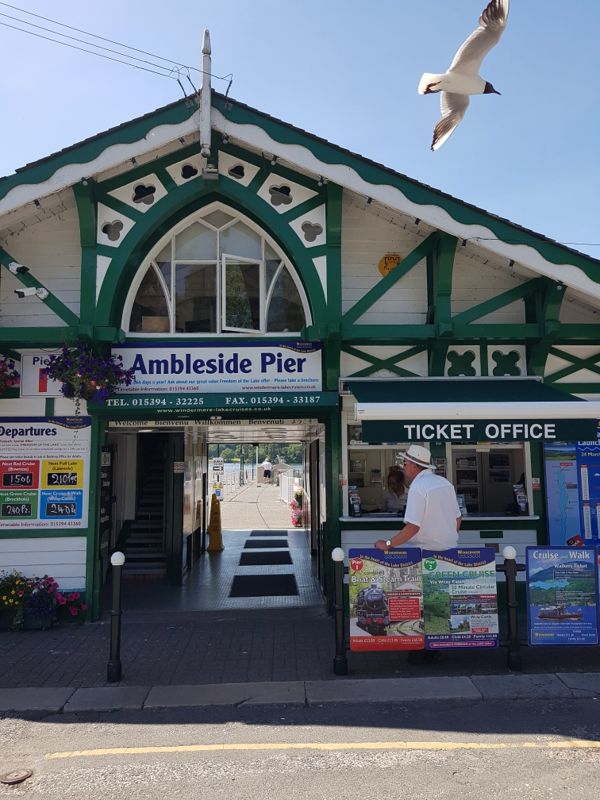
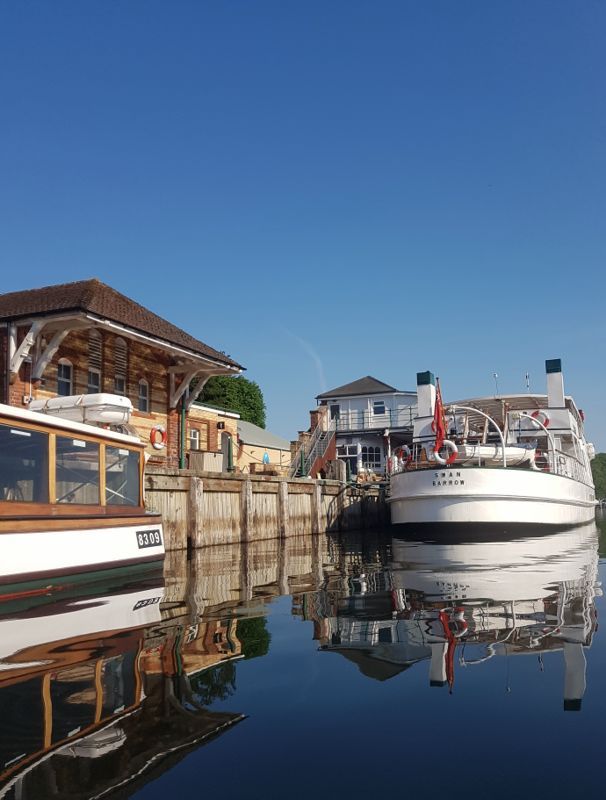
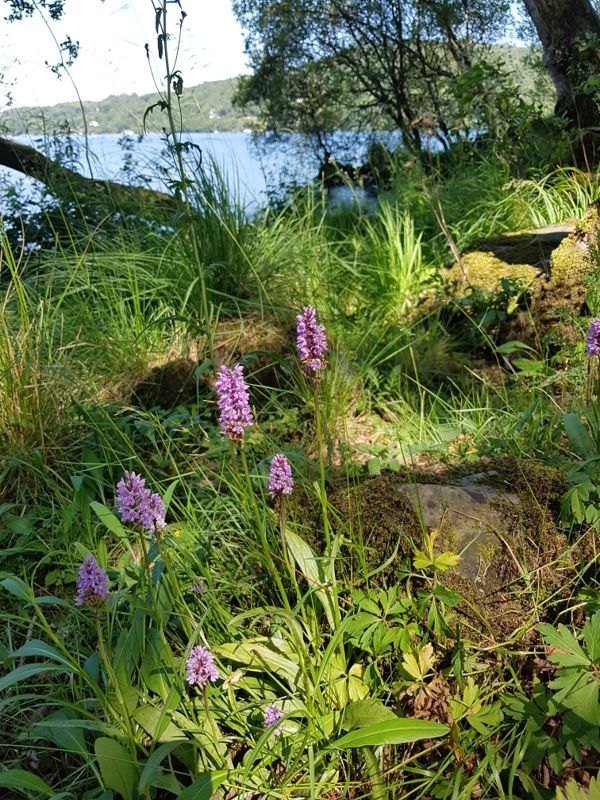
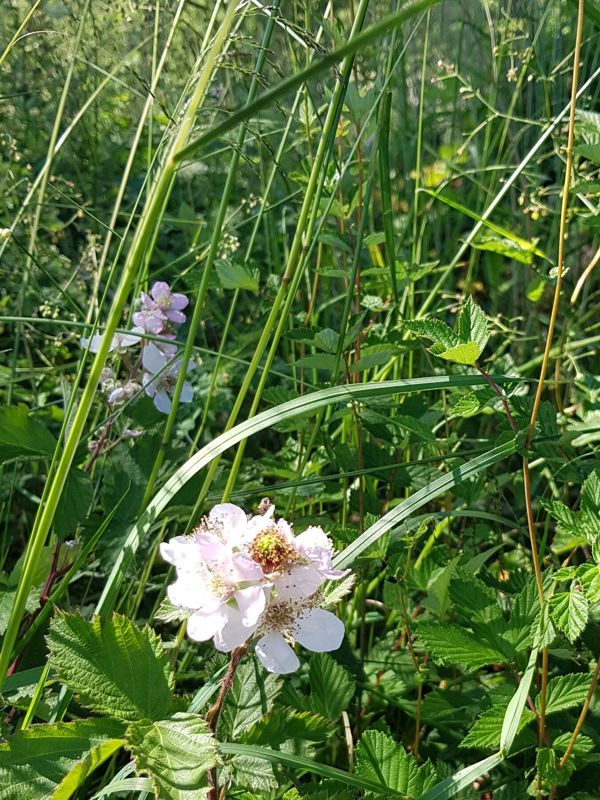
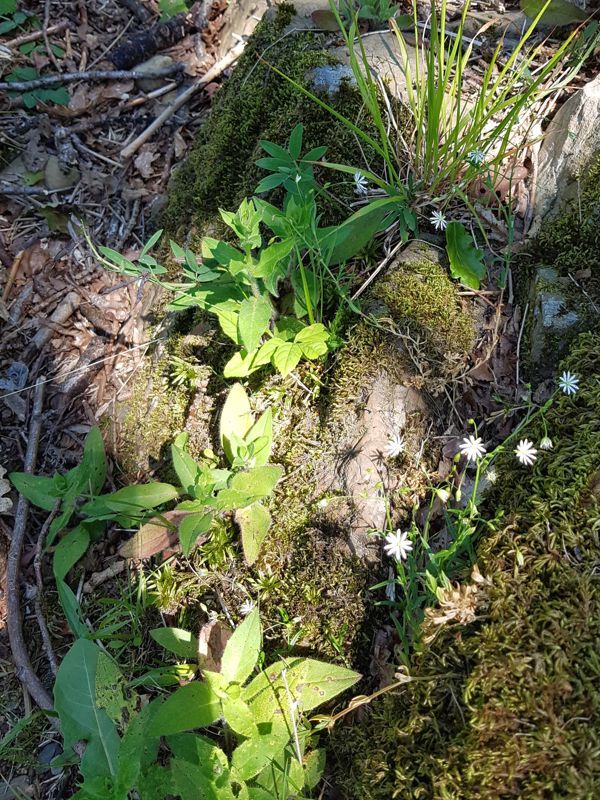
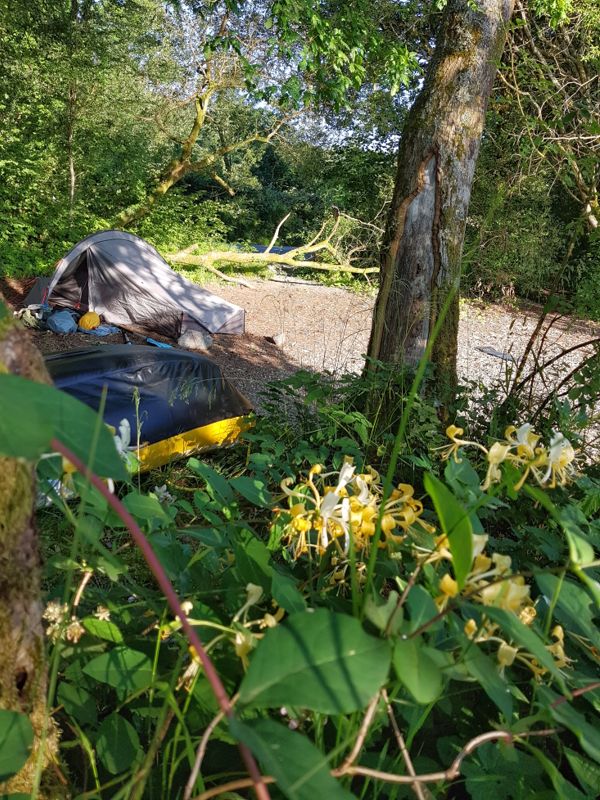
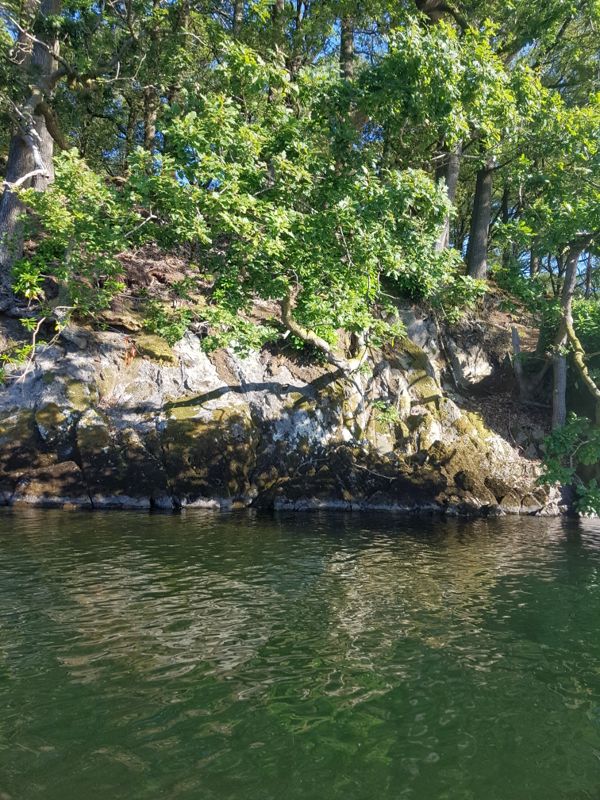
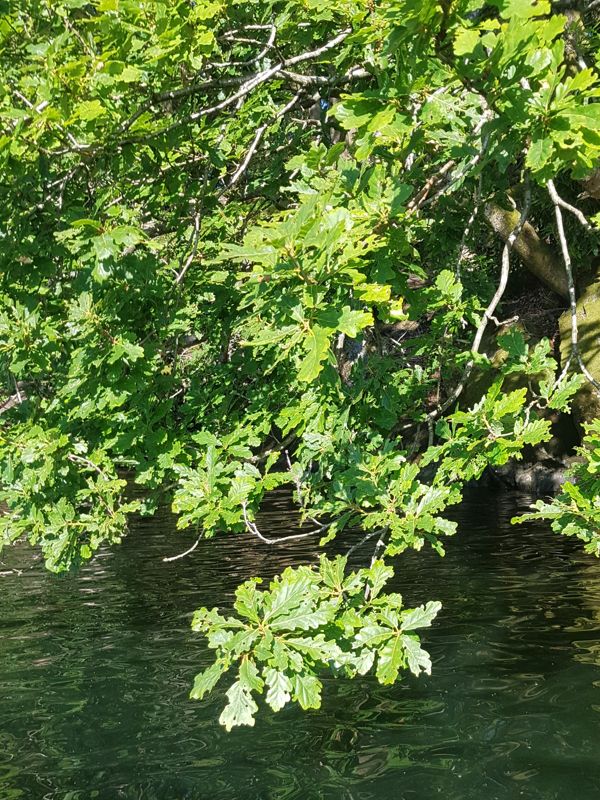
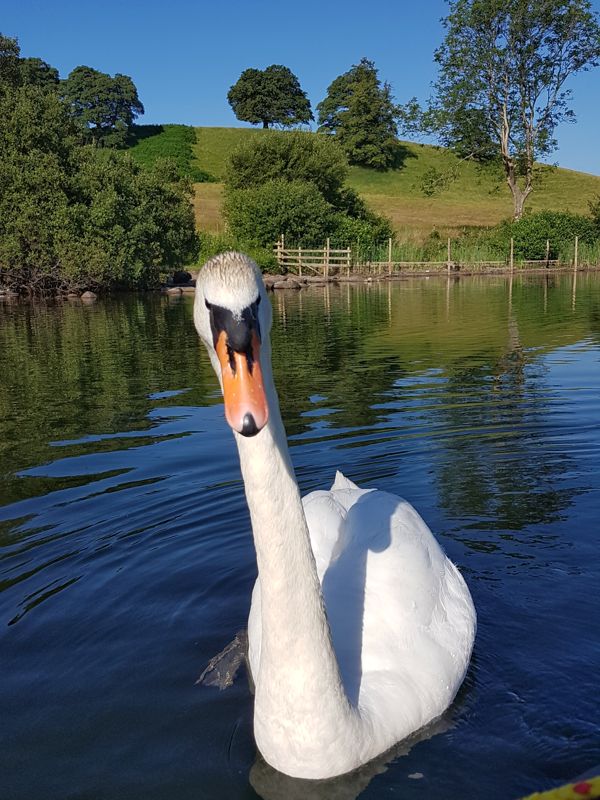
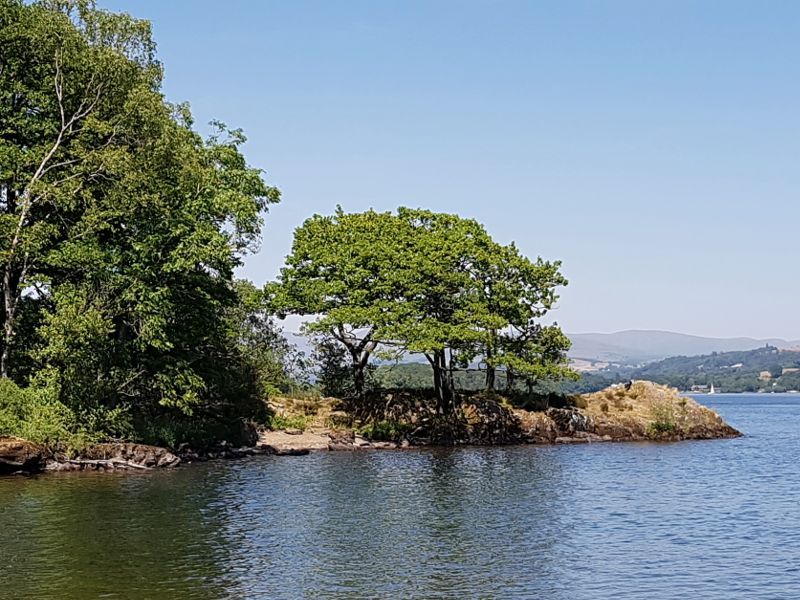
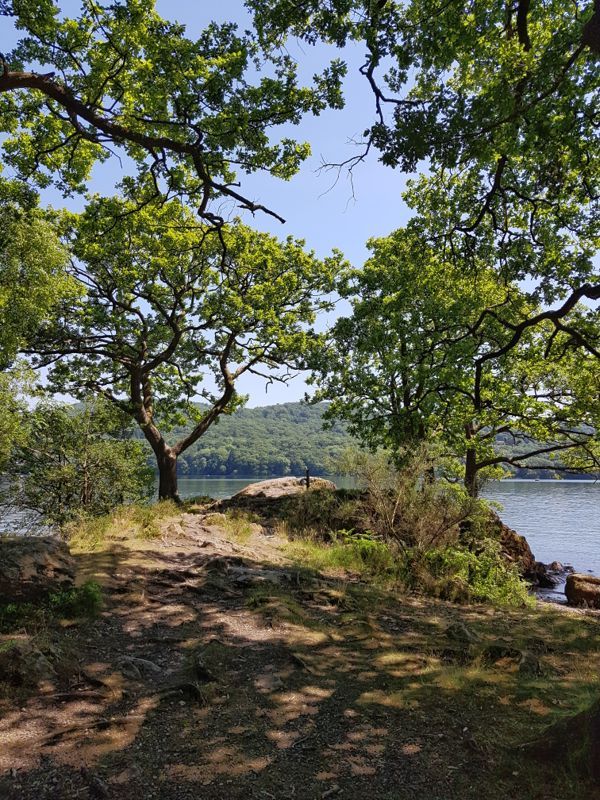
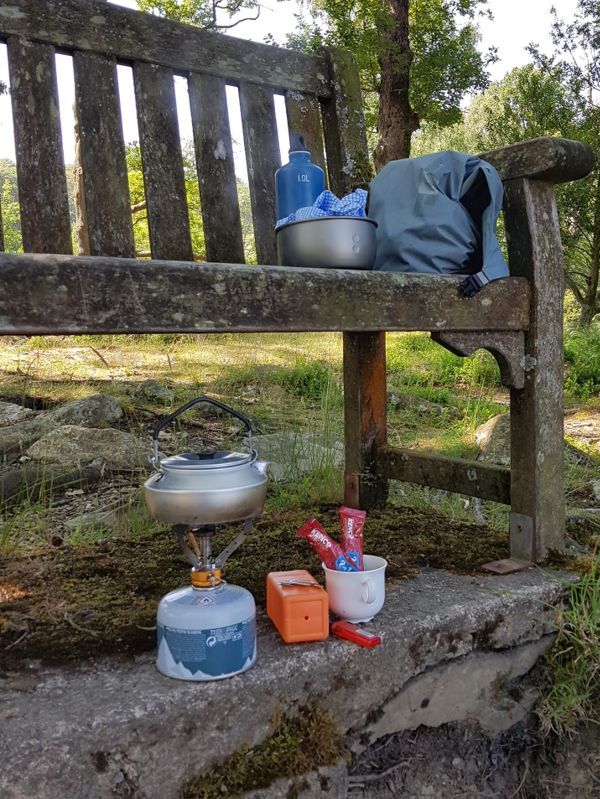
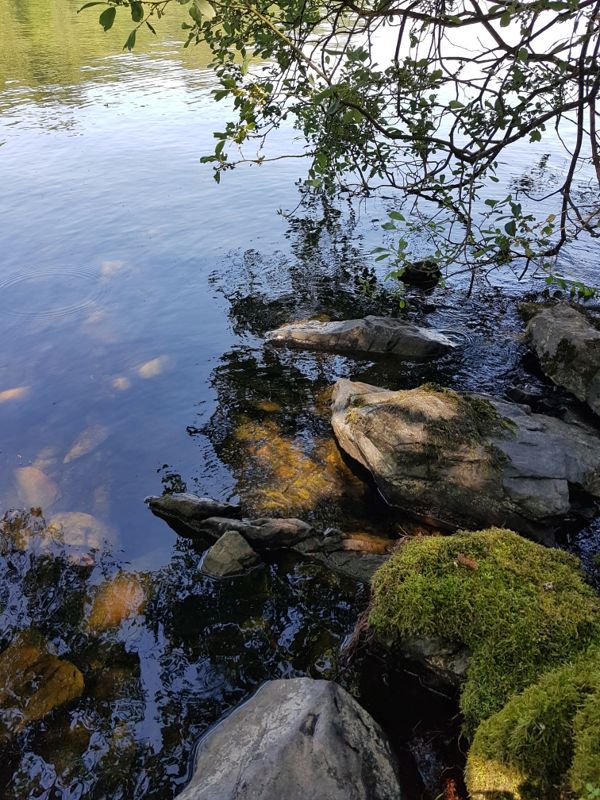
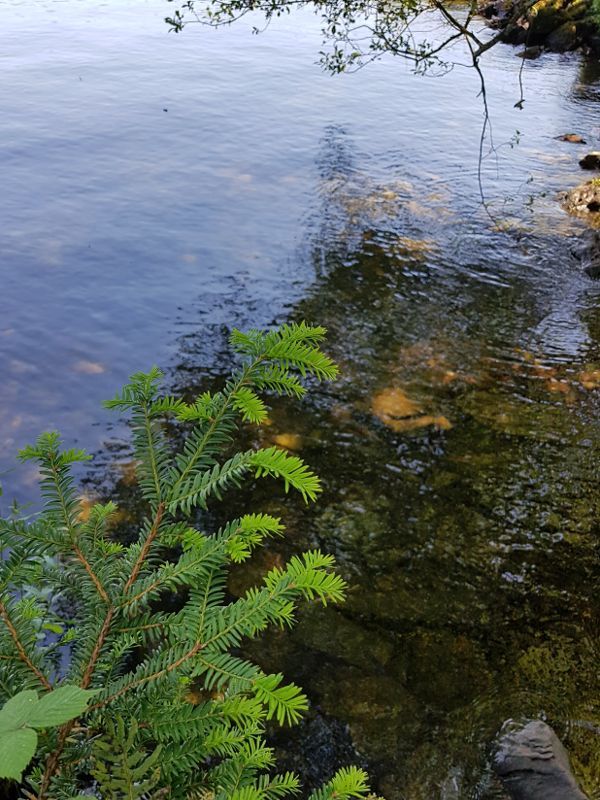
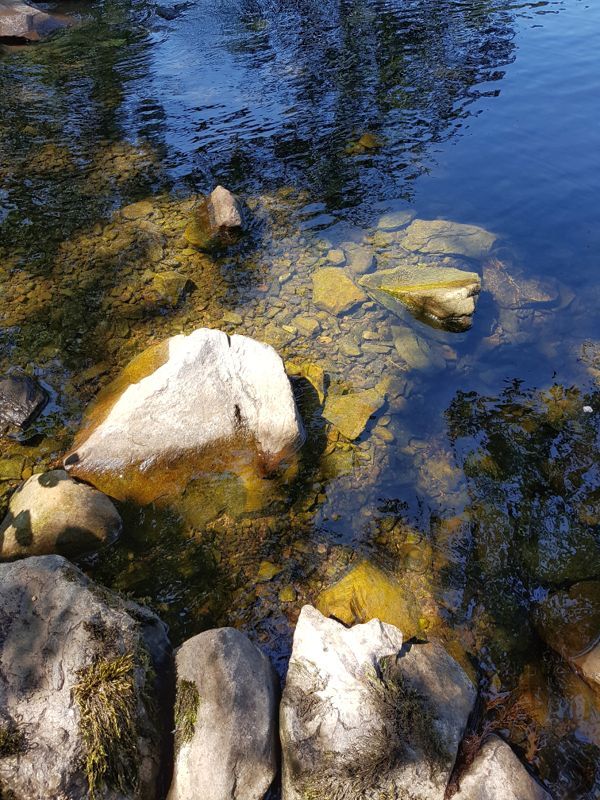
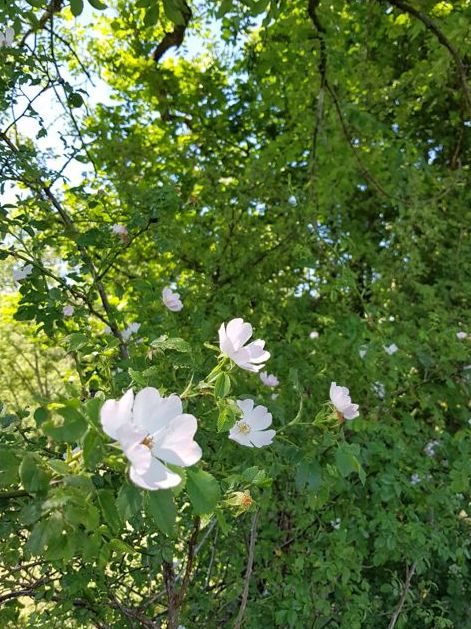
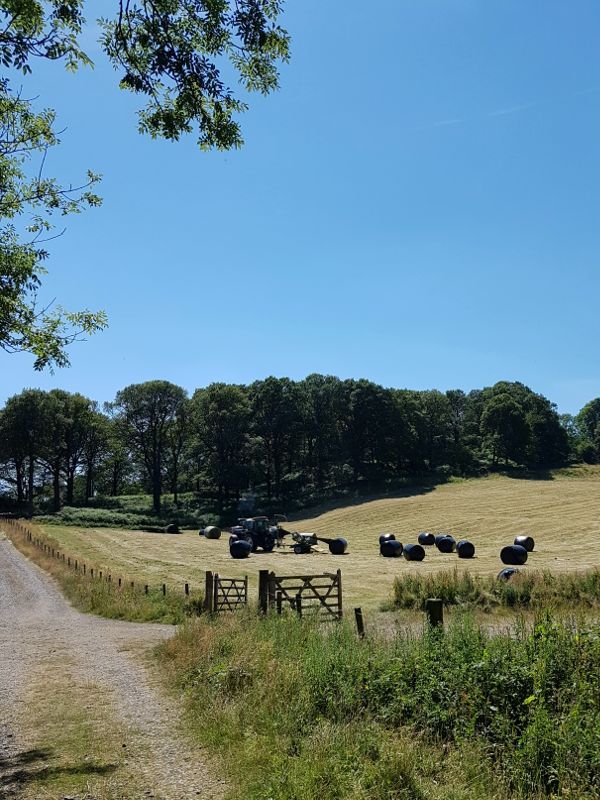
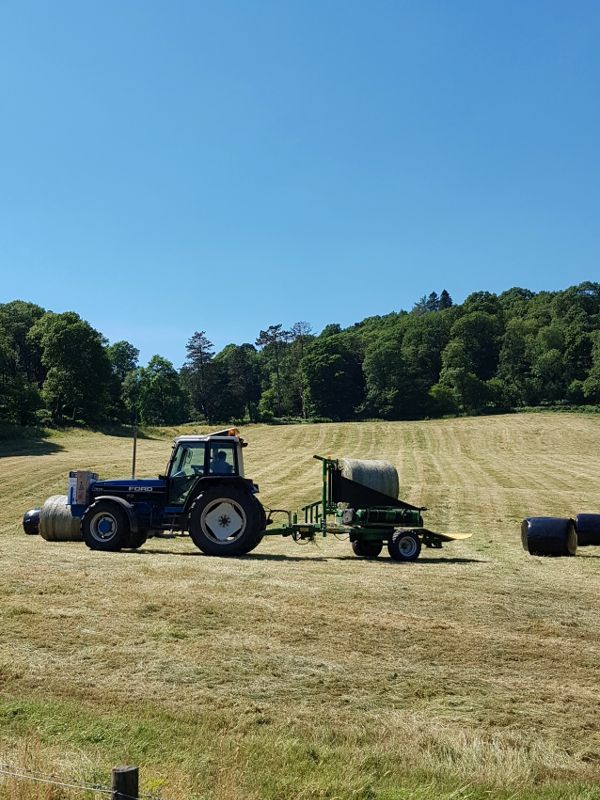
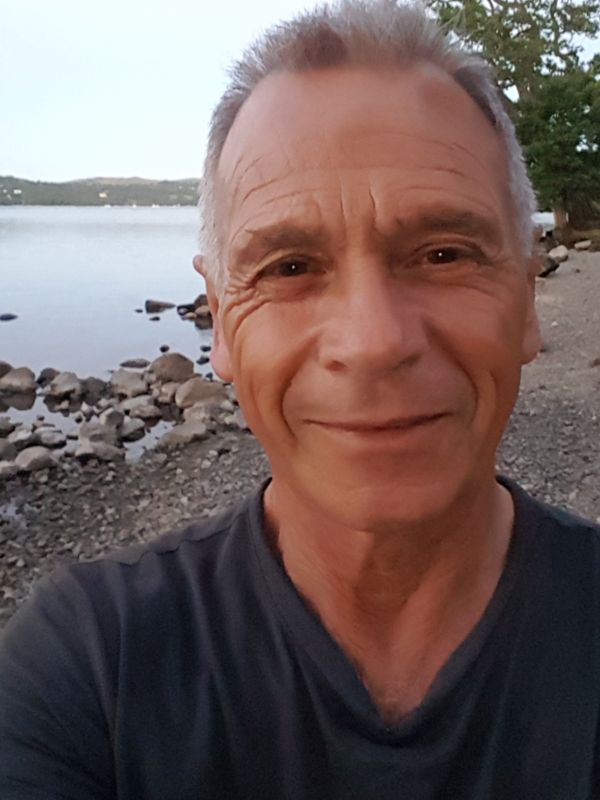
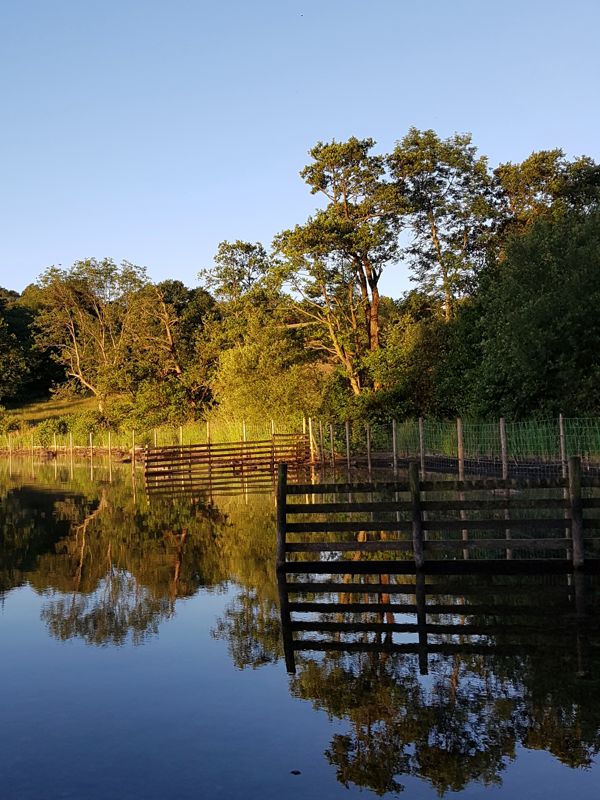
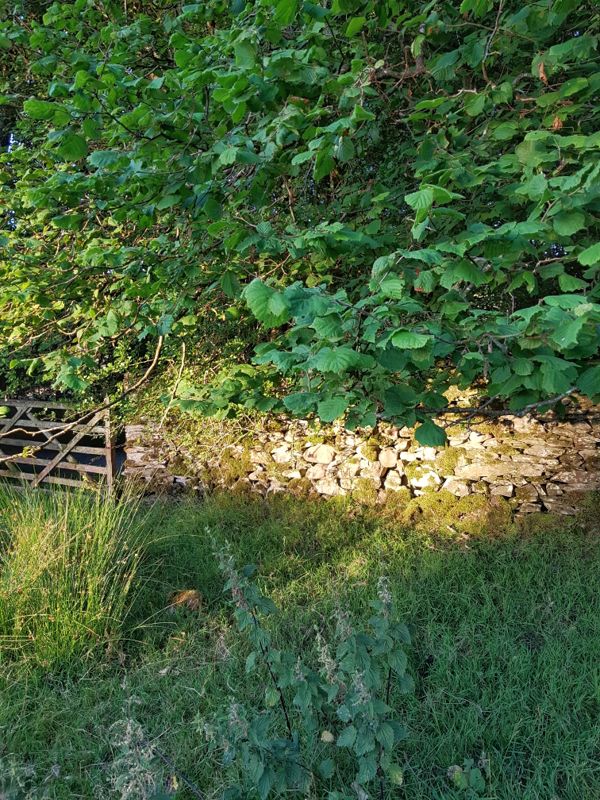
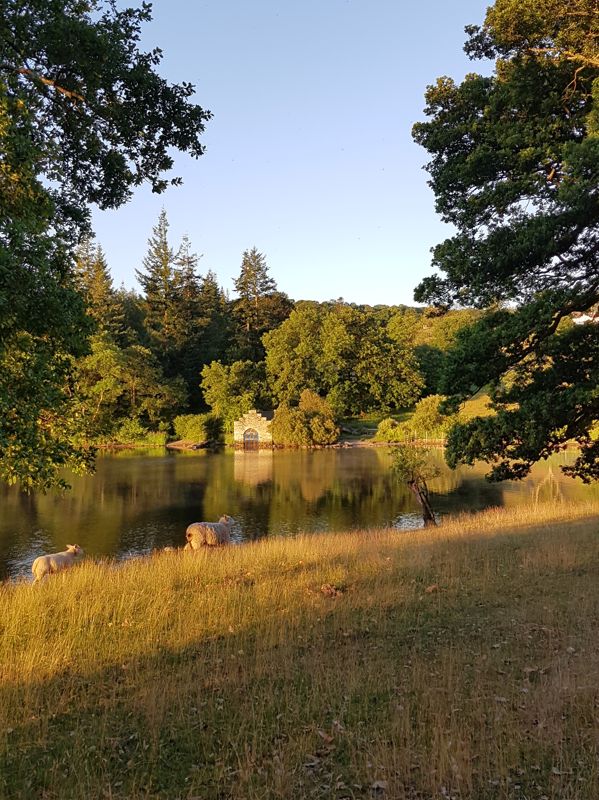
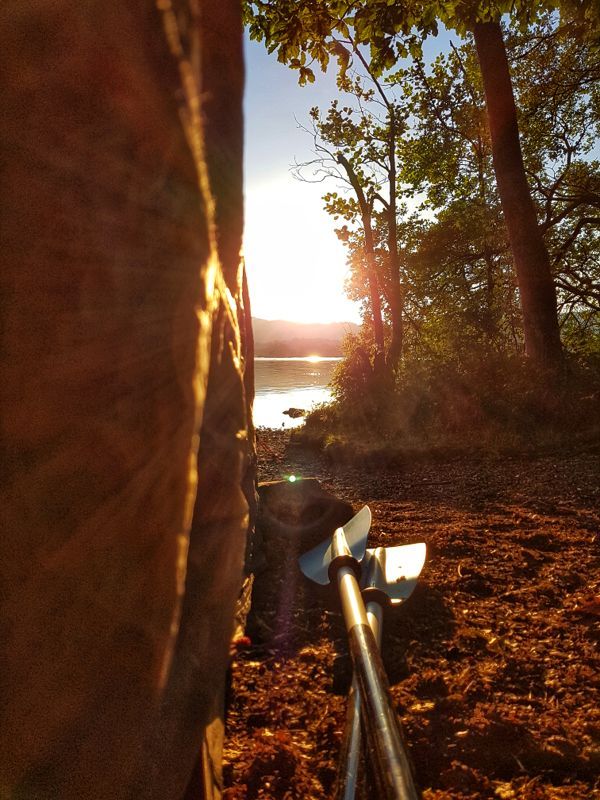
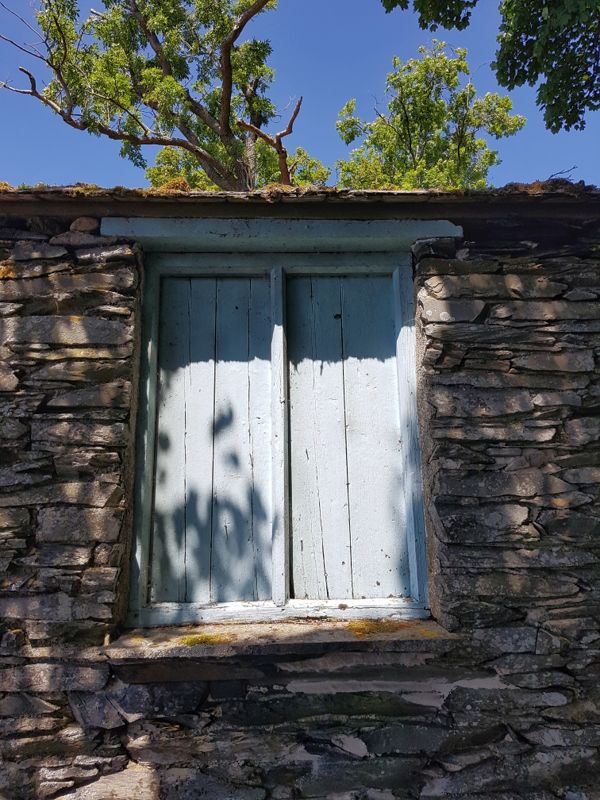
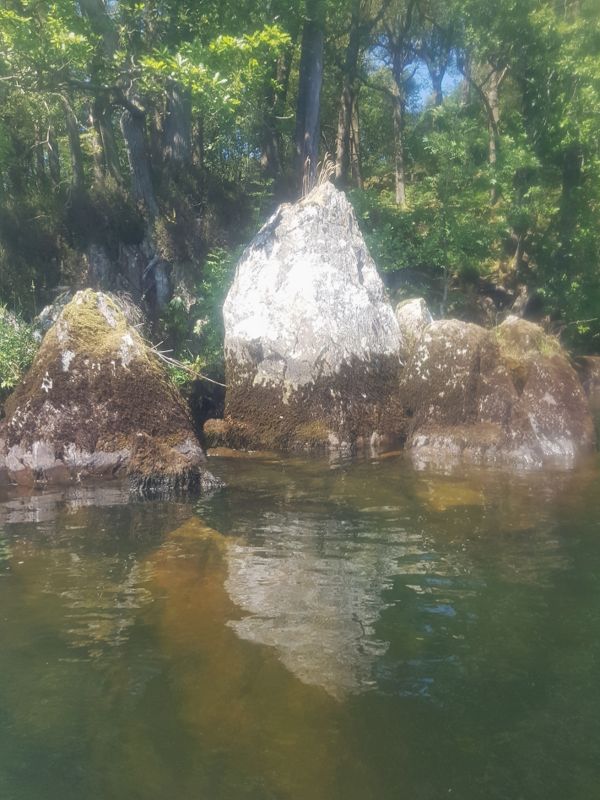

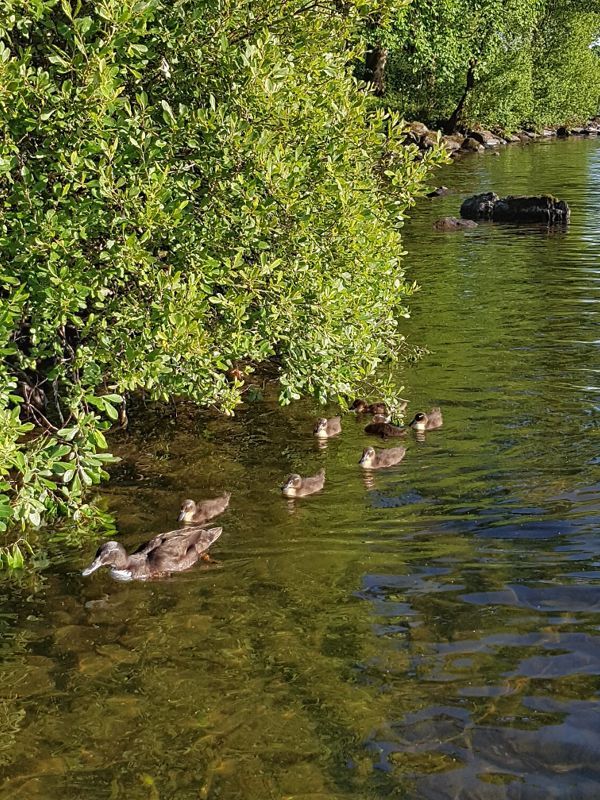
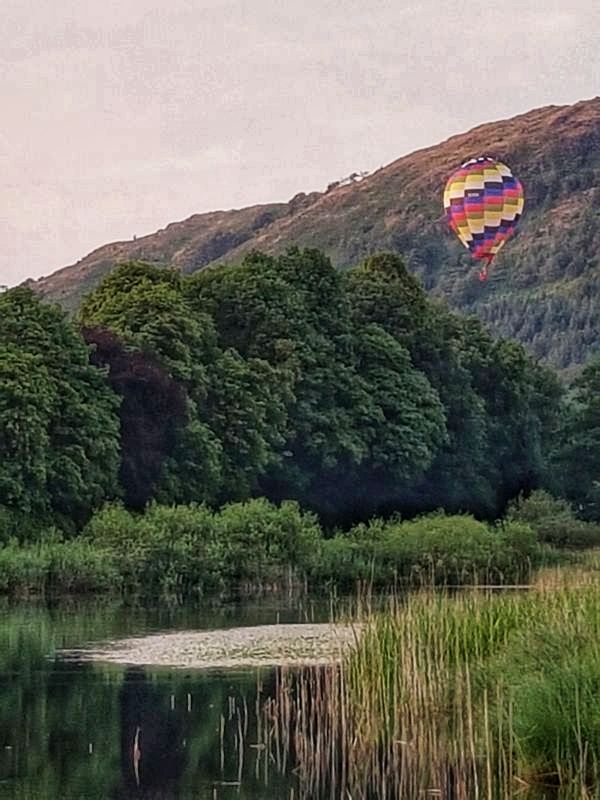
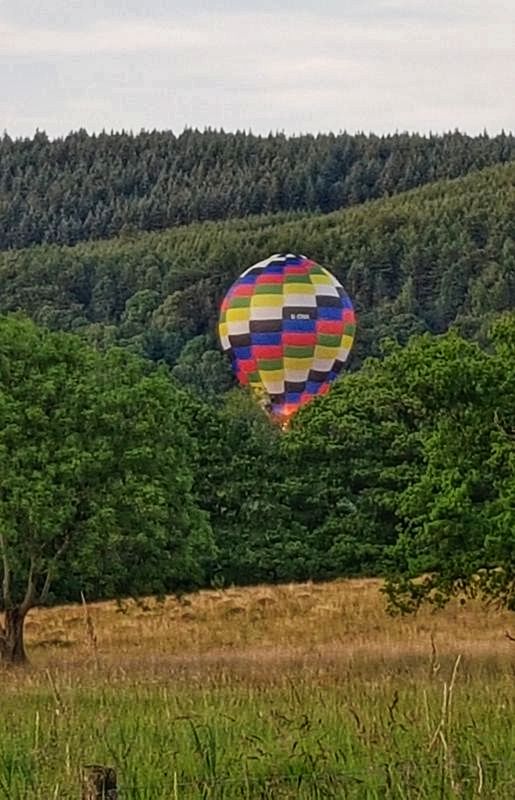
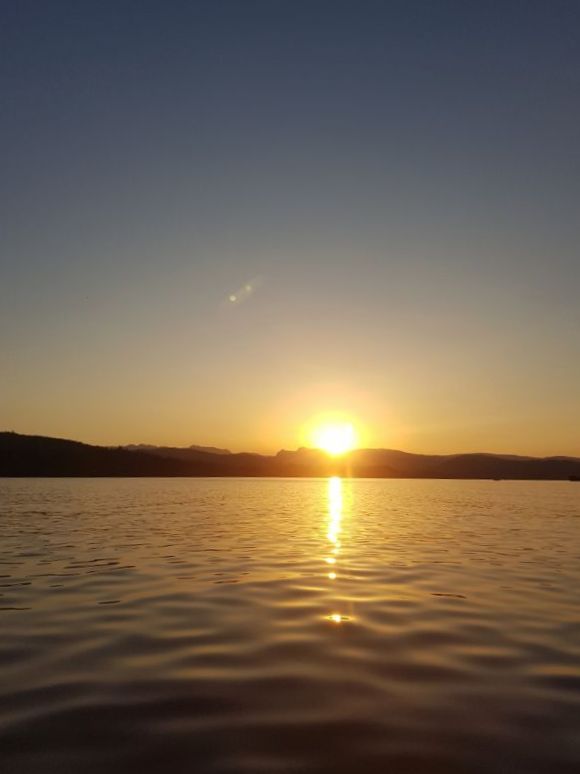
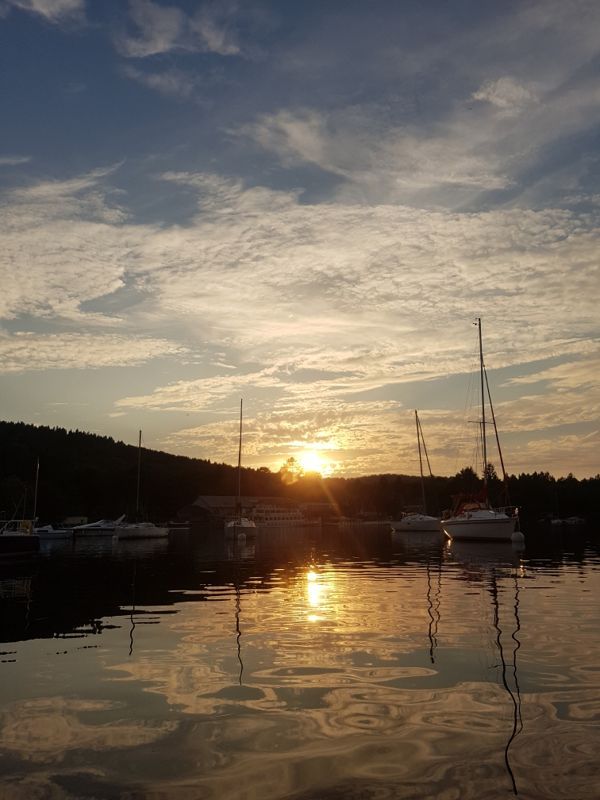
Idyllic. Surrounded by all that beauty, communing with nature, “Far from the madding crowds ignoble strife.” What more could one ask for?
Nothing at all. Contentment is the unconditional absence of wanting.